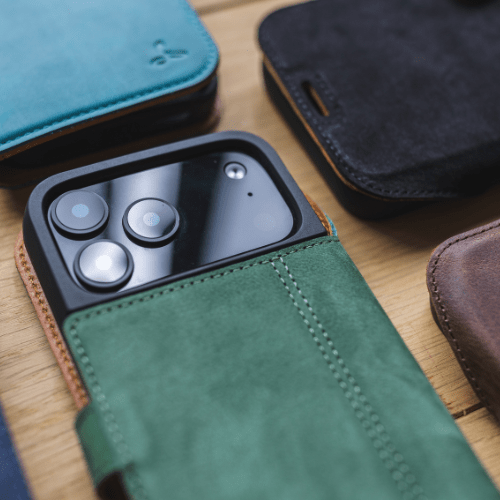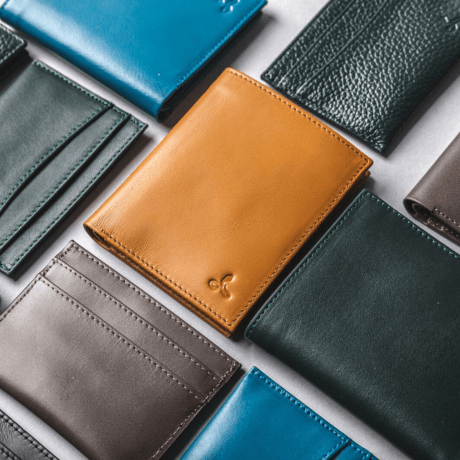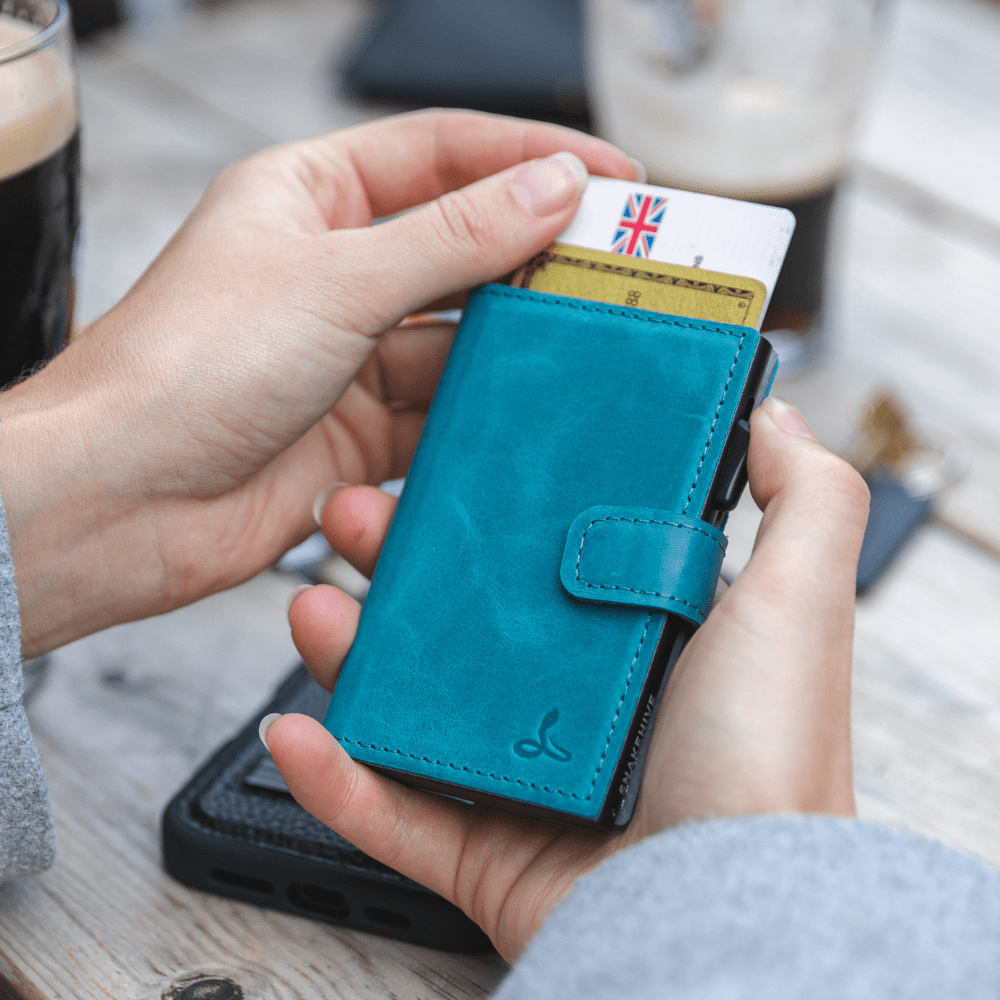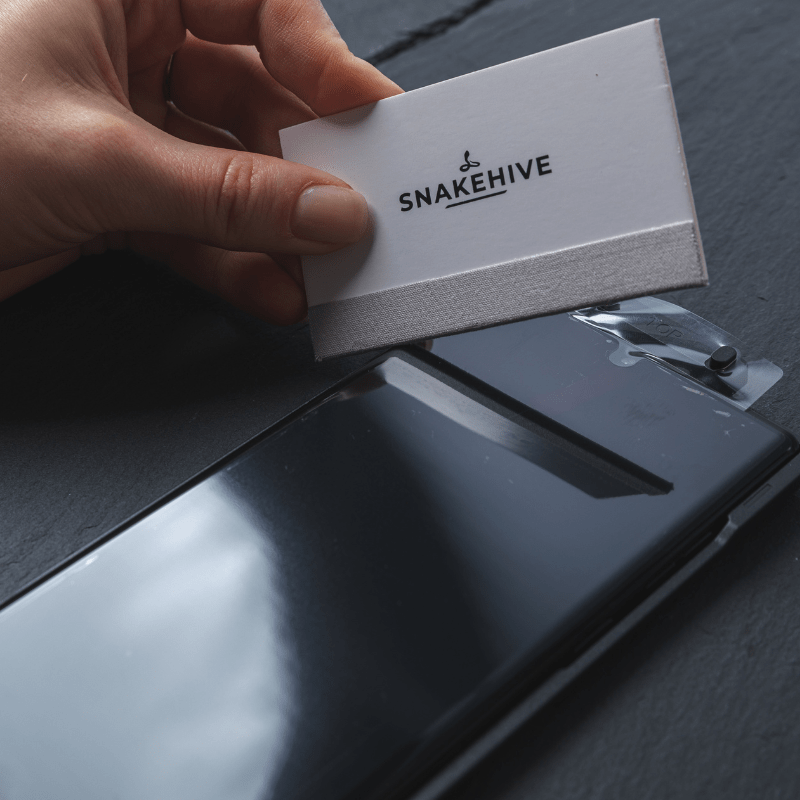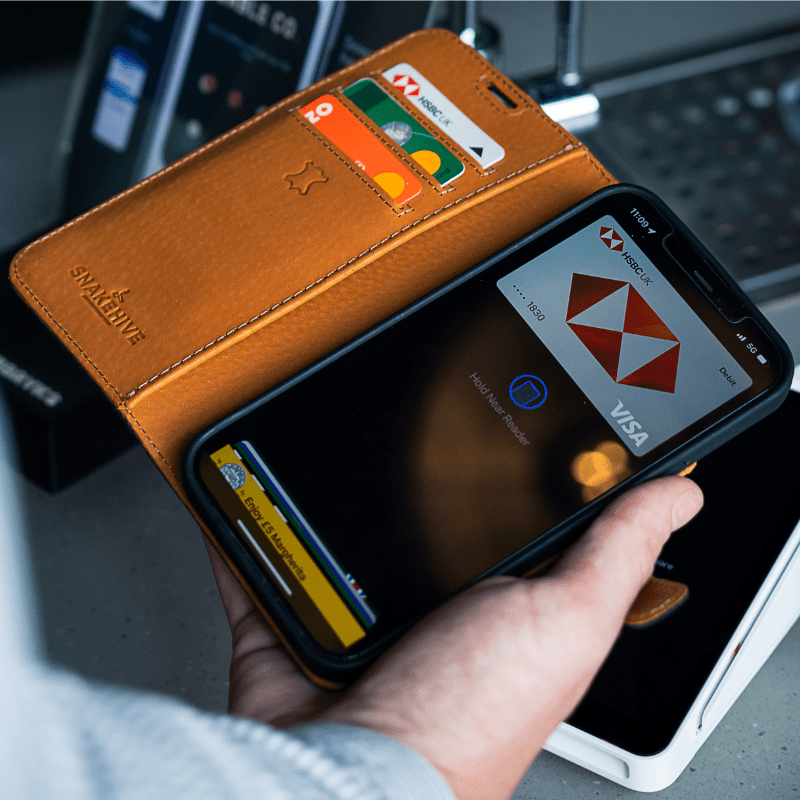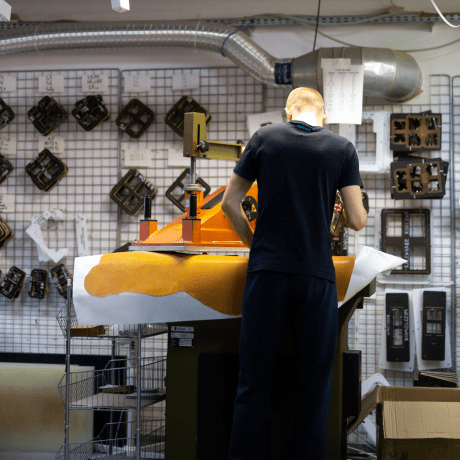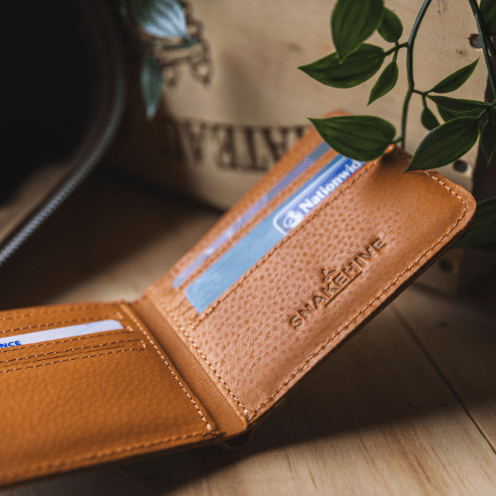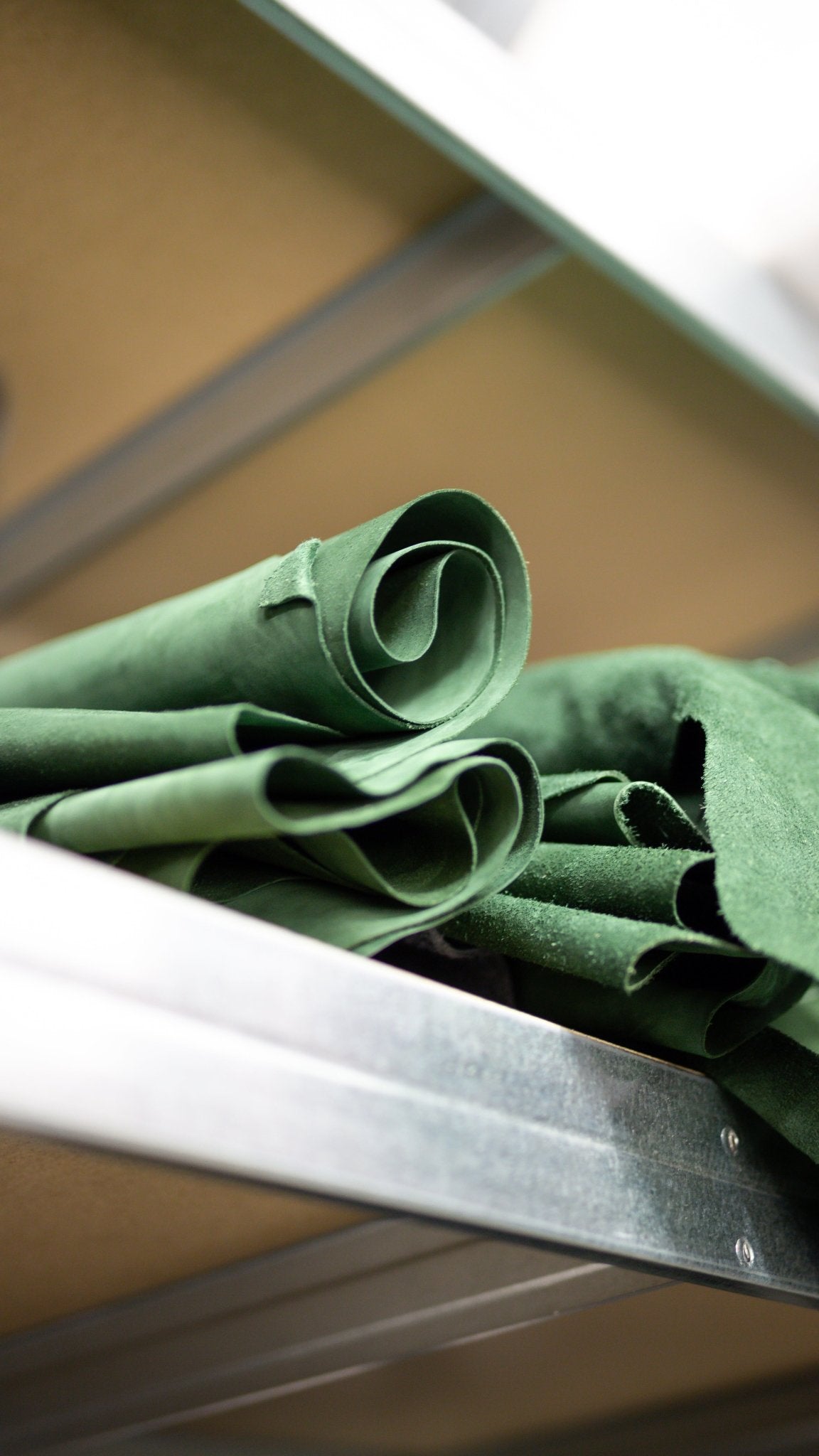Article: Nubuck vs Suede: What's the Difference?
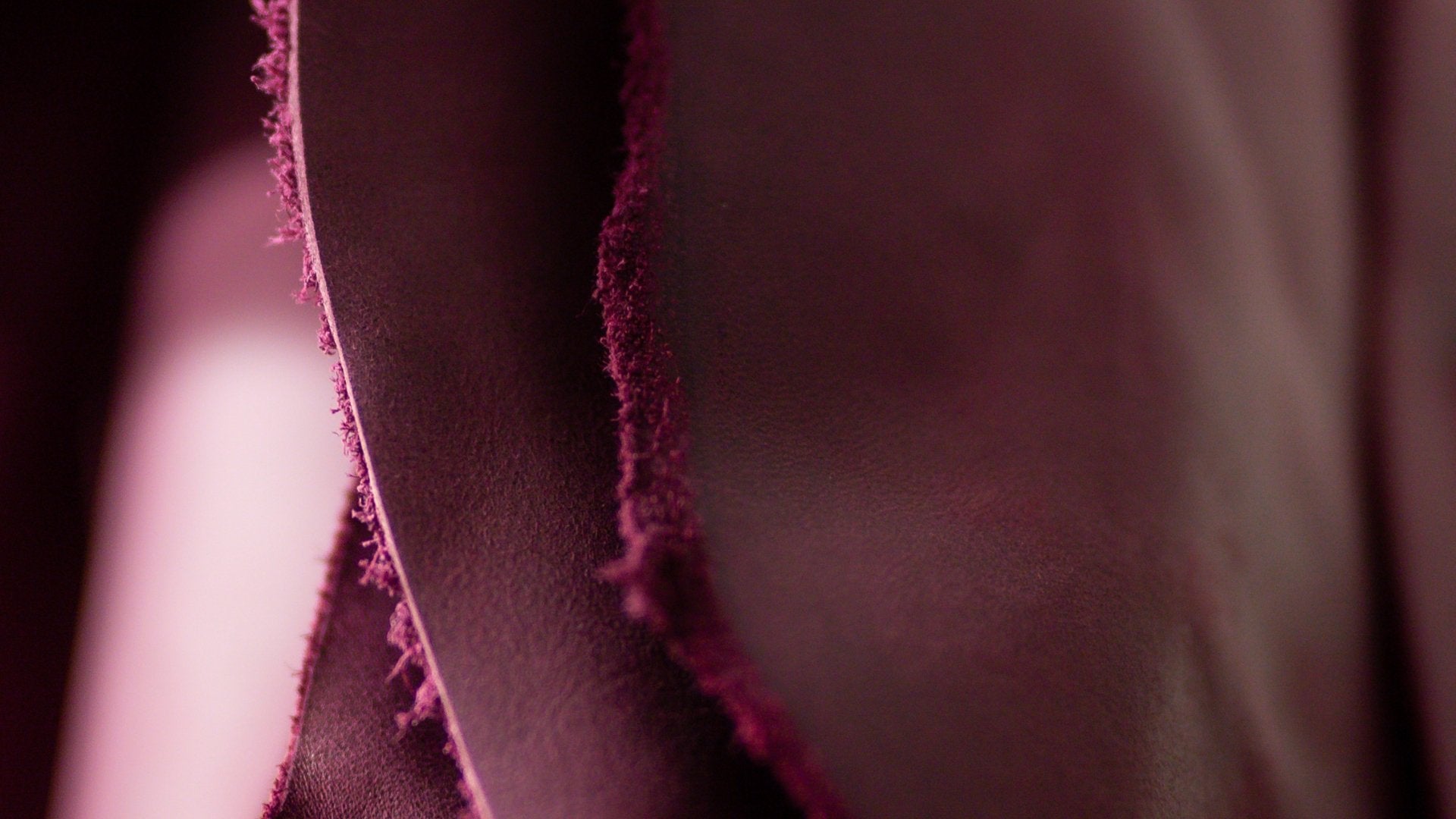
Nubuck vs Suede: What's the Difference?
If you’ve ever touched nubuck, you might have thought that it felt just like suede. It even looks like suede, so why isn’t it simply suede? At Snakehive, we use top quality nubuck to craft our Vintage Leather Wallets and we are often asked questions about the material we use and how to care for it. Here, we’re delving into why we think nubuck is suede’s cooler brother and how to make our nubuck accessories uniquely yours.

Nubuck v Suede
Nubuck and suede are both forms of leather and both are sanded to look smooth, but that’s where the similarity ends. Think of Nubuck as the character that George Clooney played in ER and Suede as Anthony Edwards (who’s that?), the ‘other’ Doctor in the show. It just pales in comparison.
To Protect and Serve - Nubuck has a similar soft focus and feel like suede but it's far more durable because it comes from the top grain of the hide. It packs more of a punch because the outer layer of calfskin or cowhide is used, which is tougher than the inner layer that is used to make suede. This protective outer layer was good enough for the cow, so it holds up great when protecting items such as mobile phones. Suede is formed when the underside is sanded. Think of turning leather inside out, removing the tough outer skin and working with what’s underneath. It’s commonly known as splitting the hide. The resulting suede looks lovely, but it’s also a lot thinner and more pliable, which isn’t ideal when you’re creating accessories that need to stand the test of time.
Spot the difference

How to care for Nubuck
Nubuck is pretty low maintenance, so it usually only requires a swift clean. One of the best investments you could make is a good nubuck brush and eraser. If you have any unwanted marks, follow these simple steps:
- Remove any surface dirt with a damp cloth.
- Once dry, give it a gentle touch up with a suitable cleaning brush.
- If it gets wet by accident, dry it off in a cool place (and if your mobile phone is inside, try the old rice trick!).
At Snakehive, we are fast-fashion-phobic, so we're always searching for the finest quality, longest-lasting materials. Our crafts folk love creating Vintage Leather Wallets by gently sanding nubuck to produce that luxurious texture.
We believe that only the best will do, so genuine nubuck leather is definitely seen as that cooler older brother!



